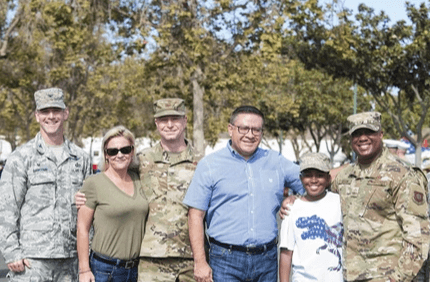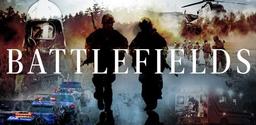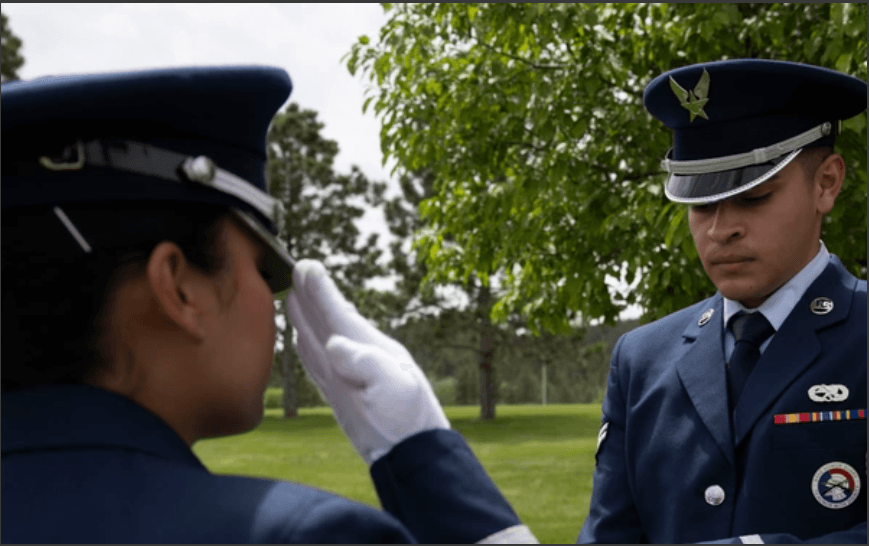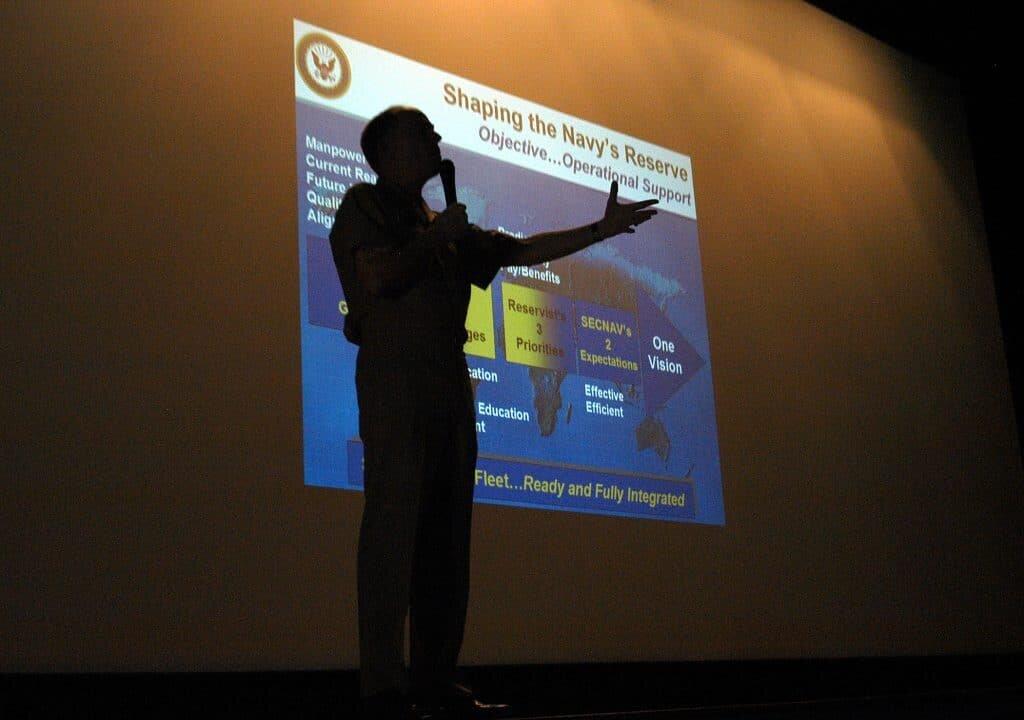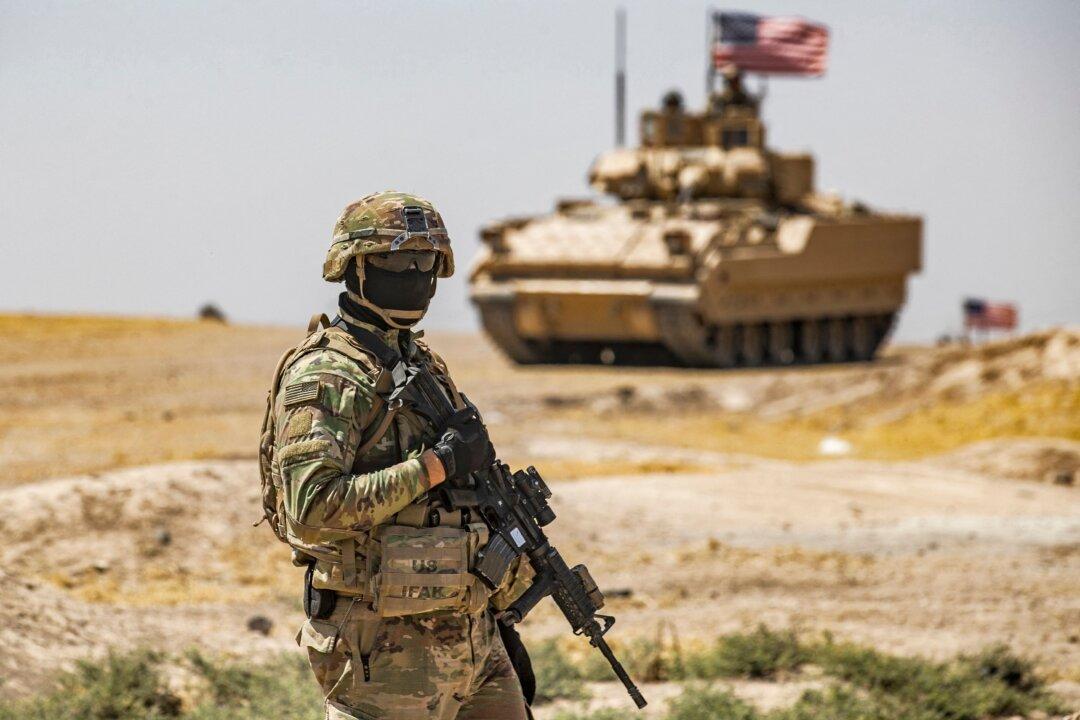Commentary
There were lots of things that were difficult about my 38 years in the military. For me personally, most of those centered around not being able to play politics, people who didn’t want to do their jobs, inane regulations, and toxic leadership. I should correct one thing, I refused to play politics. Every time that I did, I felt really dirty afterward and finally decided to just live with the consequences of not playing the game. None of you broke me, even though you did your best.
